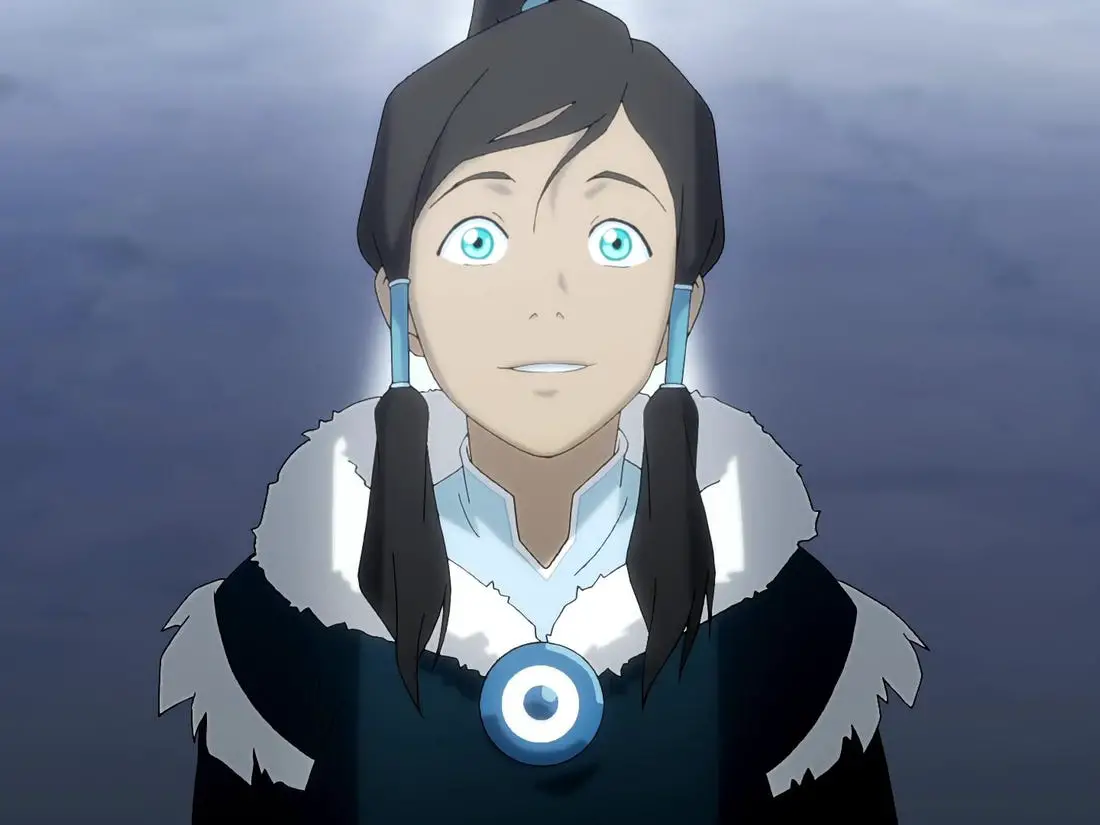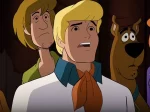Many of us were excited to see “Avatar: The Last Airbender” return to Netflix on May 15. Since then, the show that captured our hearts over a decade ago reclaimed its popularity as a timeless, adventurous, powerful homage to the nostalgia of childhood. After binging the show and witnessing its triumphant conclusion, many fans (like myself) turned to the “Avatar” sequel, “The Legend of Korra,” to soothe their withdrawal symptoms and get their fix of the “Avatar” universe.
I had initially watched “The Legend of Korra” when it first aired on Nickelodeon in 2012. I expected the show to hold up on the rewatch just as well as “Avatar.” I remembered the show for its fresh take on the modern world of bending, with its impressive animation, memorable villains and empowered female lead. But as I started to watch the first season of “Korra” again, this time as a 19-year-old living through the societal upheaval of the Black Lives Matter movement, I began picking up on the show’s utter mishandling of systemic oppression.
What made “Avatar” special was its skillful navigation of weighty themes like war, genocide and power. Yet, it was not too heavy or dark. The show established empathy, peace and togetherness as the antidote to a corrupt, divided and imbalanced world. And while I went into “The Legend of Korra” expecting a message similar to its predecessor, I was shocked to witness “Korra” stumble and fall in this regard during its very first season.
‘The Legend of Korra’ in Context
Seventy years after the events of “Avatar: The Last Airbender,” the “Avatar” universe has been transformed into a world more closely resembling our own. Metropolitan, technologically advanced cities have brought people together from all four nations. These advancements are driving political and social strife between benders and non-benders — those who have power, and those who don’t.
This imbalance of power results in benders oppressing non-benders in nearly every aspect of life. Criminal bending groups extort civilian non-benders for money. Law enforcement consists solely of metal benders. The city’s governing council has no position for a non-bending leader.
Not unlike the burgeoning Black Lives Matter movement following the death of George Floyd, non-benders united to fight back against their oppressors under a radical new organization, The Equalists. By eliminating bending as a method of oppression, The Equalists sought to equalize society and establish a new world order in the process.
However, the writers of “The Legend of Korra” did not use the season’s premise as an opportunity to expose brutal inequalities that have plagued our own modern society for decades. Instead, the show’s writers flattened an otherwise three-dimensional portrait of oppression and skewed the central conflict in favor of benders. The season thus does a massive disservice to the legacy of “Avatar” by defending the oppressive use of bending in a manner that is trite, thoughtless and safe in more ways than one.
Korra Expresses No Empathy Towards Non-Benders
A teenaged, fresh-faced, hot-headed new Avatar, Korra enters the scene of Republic City as a widely regarded symbol of peace and harbinger of balance. And though she might have good intentions, they are not reflected in her actions. Time and again Korra encounters the plight of non-benders and their advocacy for equality. Nearly every time, Korra does not try to understand why the Equalists are rebelling or question her own privileged position of power as a bender.
Even in her daily interactions, Korra does not hesitate to use her bending to exploit non-benders. She writes off the protestors chanting for equality because listening to their message would entail doubting the system that enlisted her as an ultimate source of power in the first place.
In one instance, Korra defends innocent non-benders against Tarrlok, a government official who imposed a curfew and threatened to arrest the civilians. Yet Korra’s motivation in this confrontation is solely the innocence of the civilians involved. The unarmed non-benders did not break any stipulation of the unspoken social covenant embraced by benders in which non-benders must remain submissive and obedient.
Meanwhile, outside of this singular confrontation Korra continued to fight, capture and arrest Equalists simply because of their determination to defy their own oppression. In her blind faith of the status quo, Korra fails to realize her hypocrisy by lacking empathy for the non-benders’ plight.
Korra Fights Fire with Fire
Beyond her evasion of empathy, Korra uses her own powers of bending to reinstate her version of balance to Republic City. She does not attempt to meet with the Equalists and negotiate terms for peace, but rather fuels the flames of conflict by challenging their leader, Amon, to a duel. But Korra does have the opportunity to curtail her anger and constant pursuit of combat.
Korra’s mentor, Tenzin, constantly advocates for nonaggression and de-escalation to heal the contentious relationship between benders and non-benders. Disregarding his advice, Korra leans into her teenage angst and engages in violence as a method of resolving conflict.
As a result, the season morphs into a battle of strength between Korra and Amon, rather than a chance for Korra to see value in nonaggression and grow into a more understanding and level-headed protagonist.
The Equalists are Twisted Into Evil Terrorists in ‘The Legend of Korra’
Throughout the season, the Equalists acquire increasingly more power in their fight against non-benders’ oppression. The Equalists’ initial powers of close combat and electrocution gloves escalate to a trump card: Amon’s ability to permanently take away someone’s bending.
This is where the show’s writers made a fatal misstep. By granting the Equalists’ the power to rid the world of bending, the writers provided enough justification for the “good guys” to solve the conflict with non-benders by simply fighting Amon to take down the Equalists.
For an entire universe based on the marvel of bending the four elements, non-bending is clearly not an option. The Equalists now possess a tangible way to destroy the world order, and there is no other way for Korra to restore peace and balance without a fight to the death with Amon. This obstruction of the narrative of oppression with a terrorist, anti-bending enemy prevented the season from evolving past the hackneyed trope of good versus evil.
Amon’s Rise and Fall as the Bringer of Justice
The resolution of the first season of “The Legend of Korra” is its greatest failing. A non-bender and a revolutionary, Amon is praised by the Equalists for organizing a movement revolved around empowering non-benders against their oppressor. However, towards the end of the season, Korra exposes Amon as a water bender who uses the illegal act of bloodbending to permanently take away others’ bending. The Equalist movement consequently falls apart when the organization’s constituents feel betrayed that their leader was a bender himself.
But the disbanding of the Equalists did not magically solve the oppression of non-benders. In the end, nothing changed — non-benders remain under the thumb of benders. Somehow, the subject of equality for non-benders is never broached again for the rest of the show. Perhaps the show writers naively believed that viewers would be content to see the evil force defeated and would not question the resolution of the rampant oppression of non-benders.
Regardless of the show’s value as pure entertainment, “The Legend of Korra” does not exist in a vacuum. The show portrays a message that violence is the answer. Oppressors seem to have no responsibility to understand their privilege and a revolution of the oppressed can evolve to terrorism and evil, only to be squashed and never revisited.
What kind of message is this for a world plagued by systemic racism and police brutality? Where protestors take to the streets to both peacefully protest and start riots, and refuse to be complicit in the senseless killing of black people? To any consumer of entertainment, I urge you to question the values of the content you consume to prevent the perpetuation of such harmful rhetoric.

















